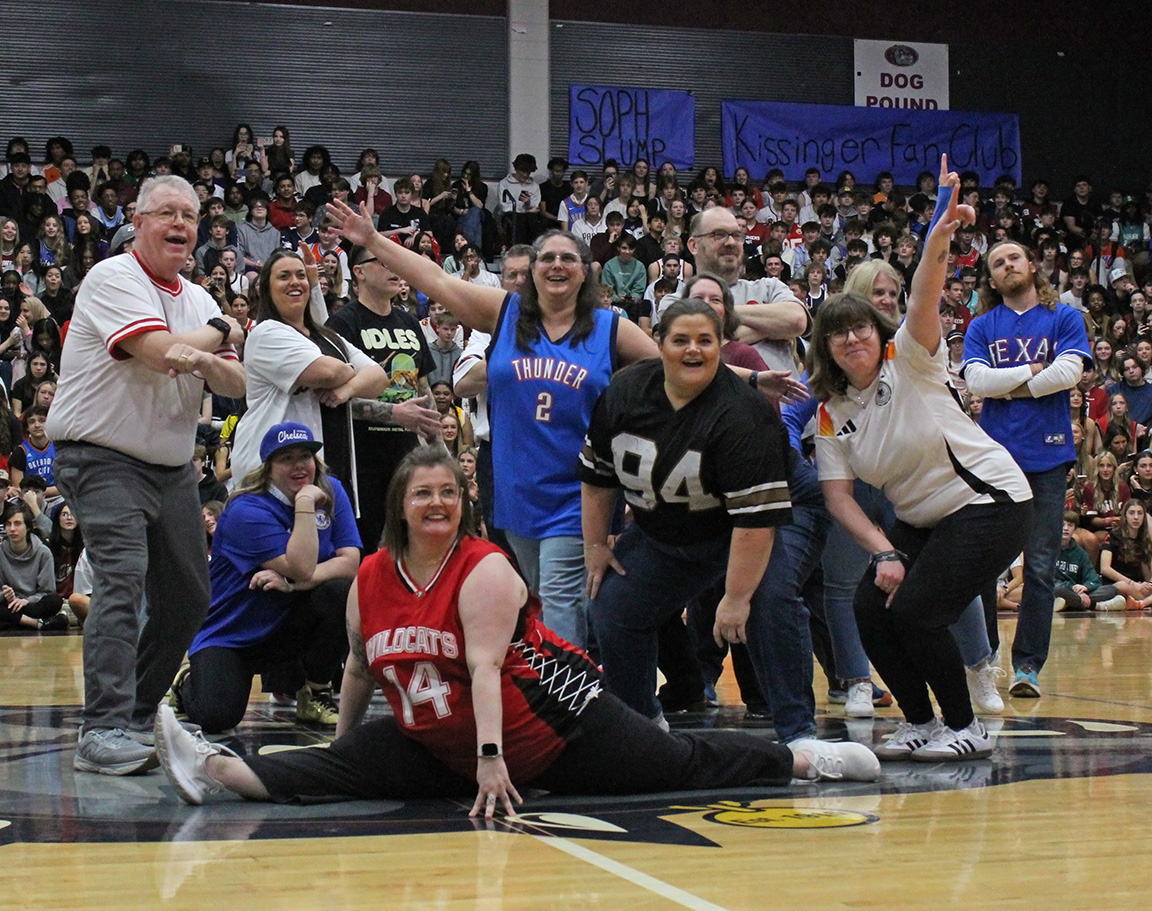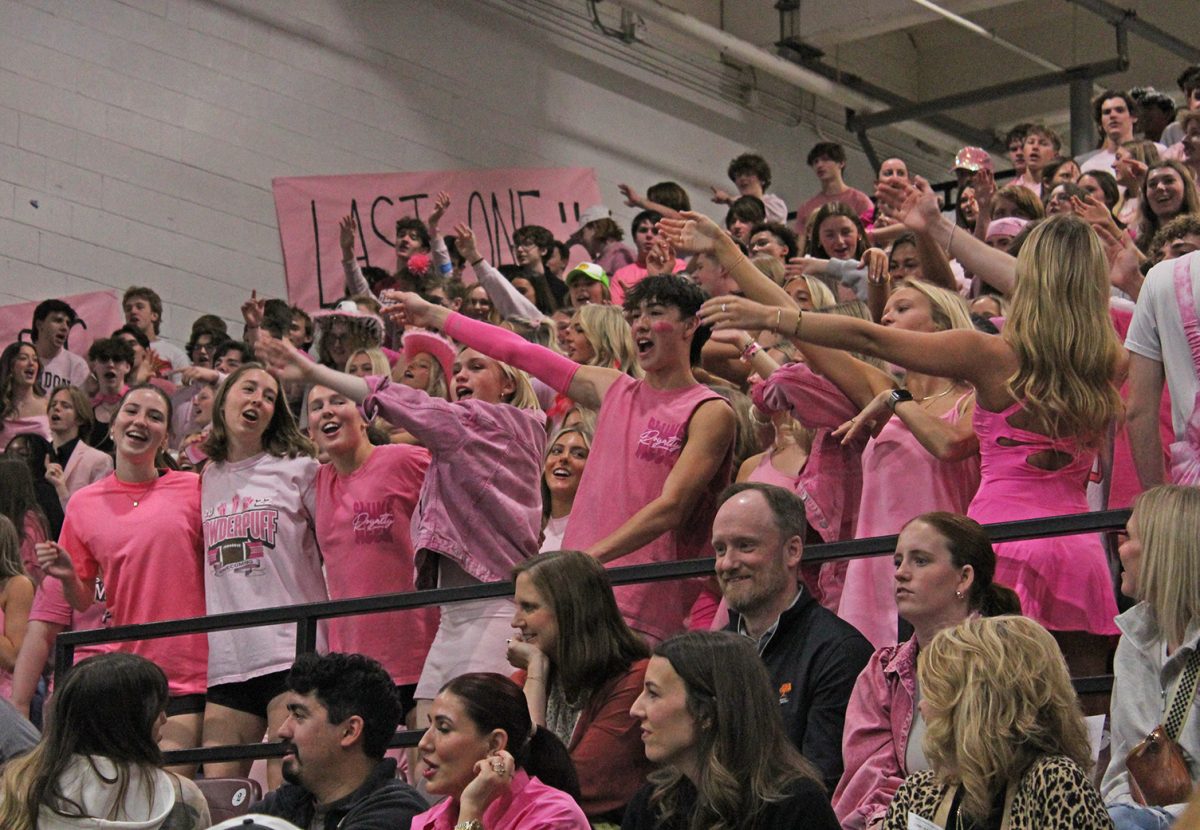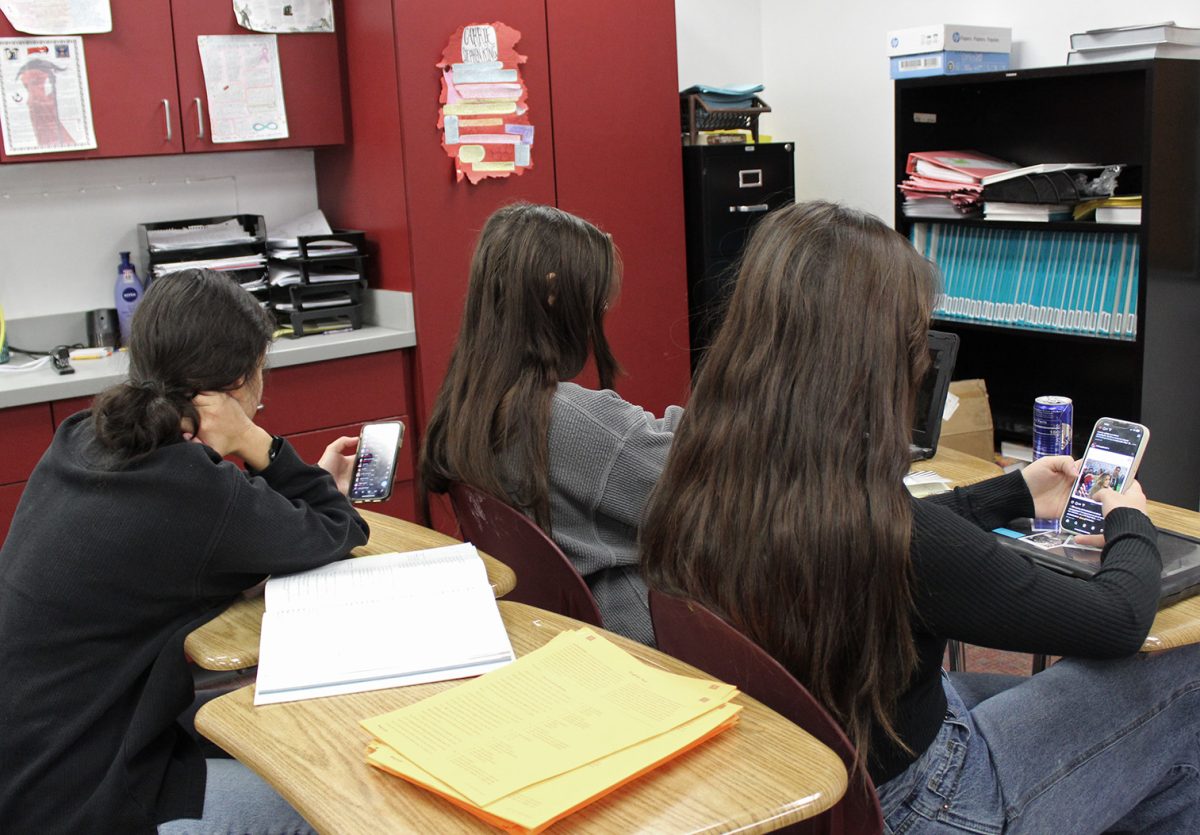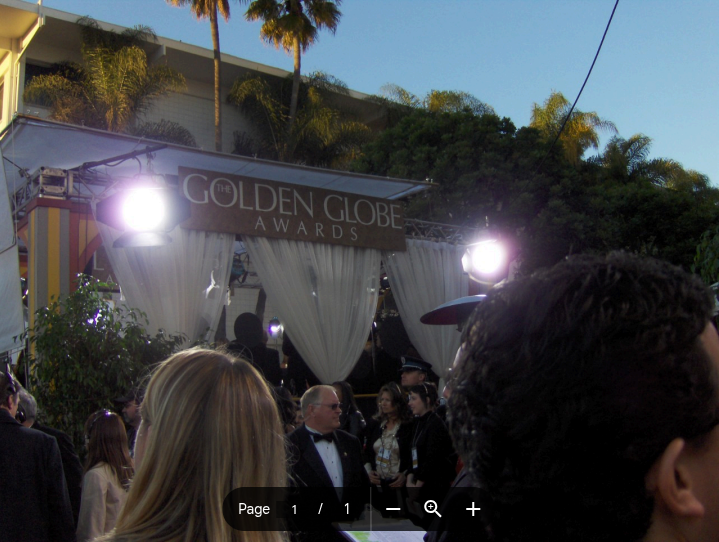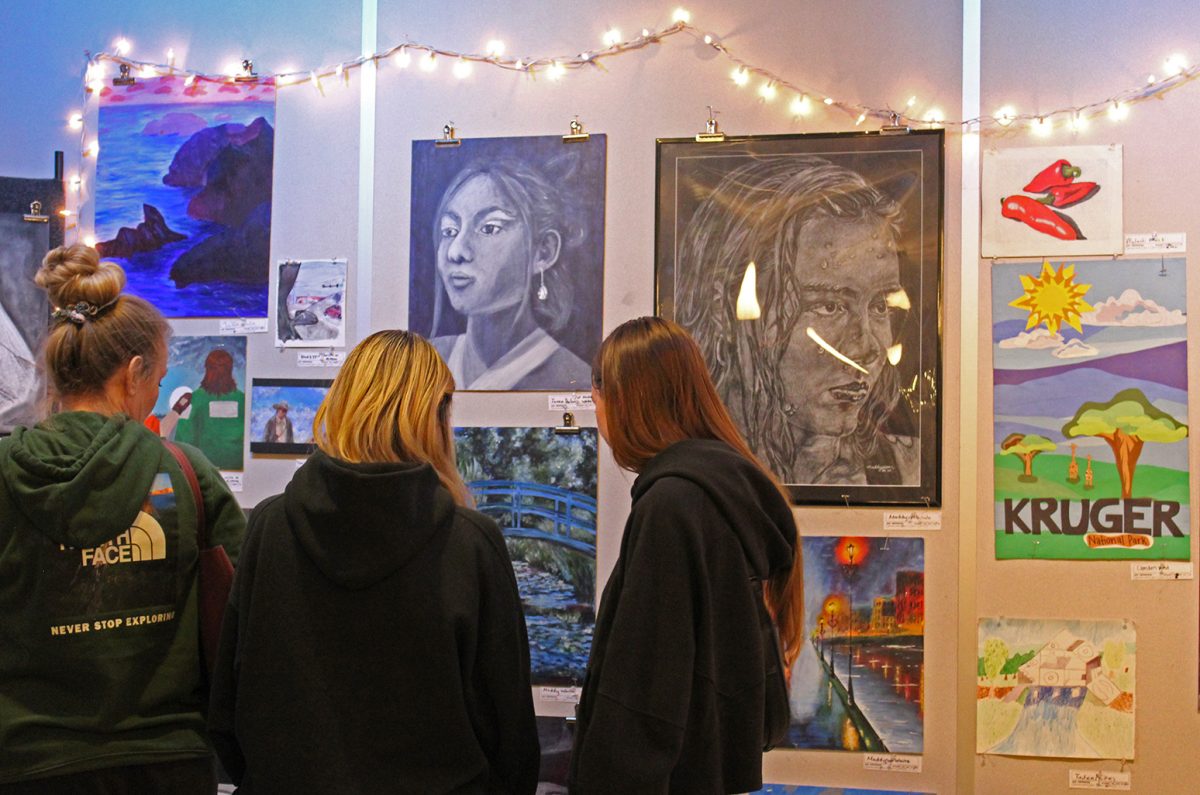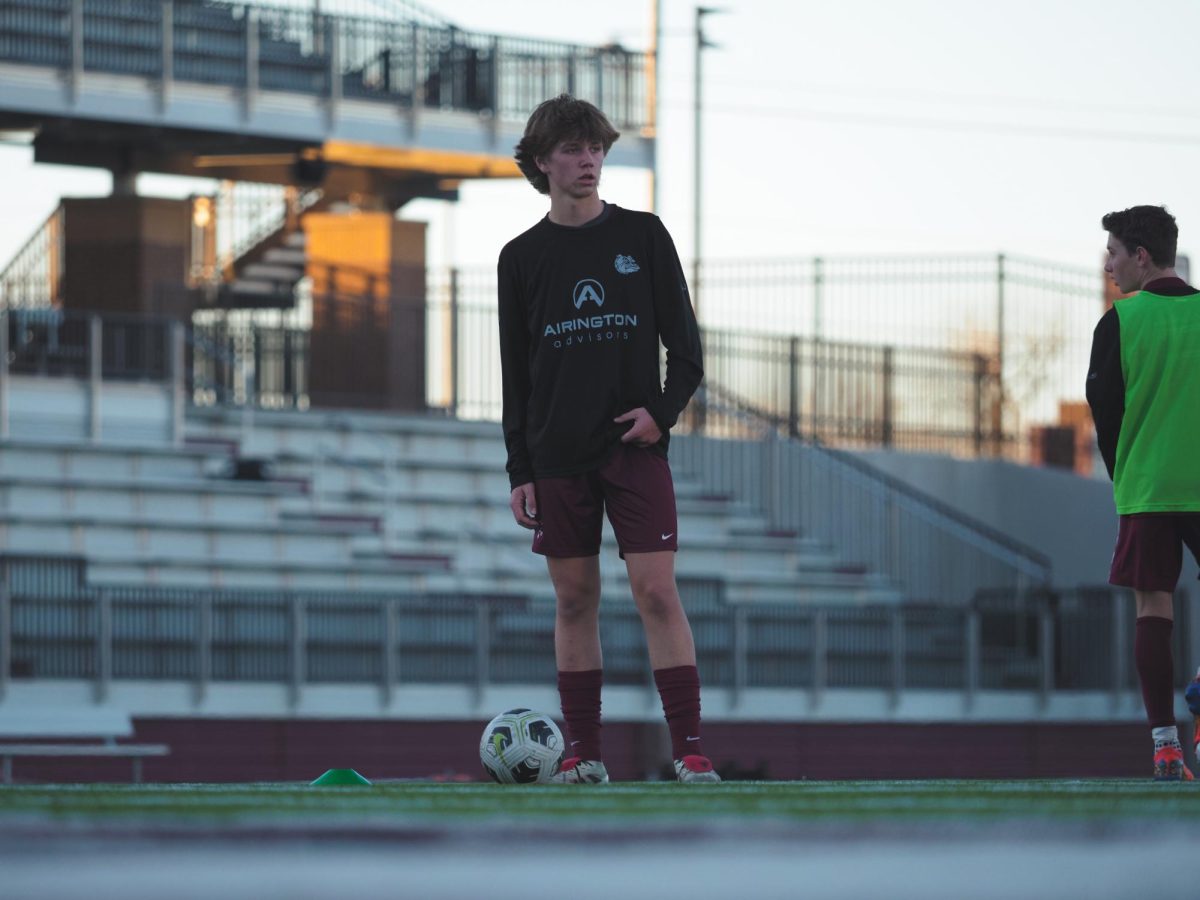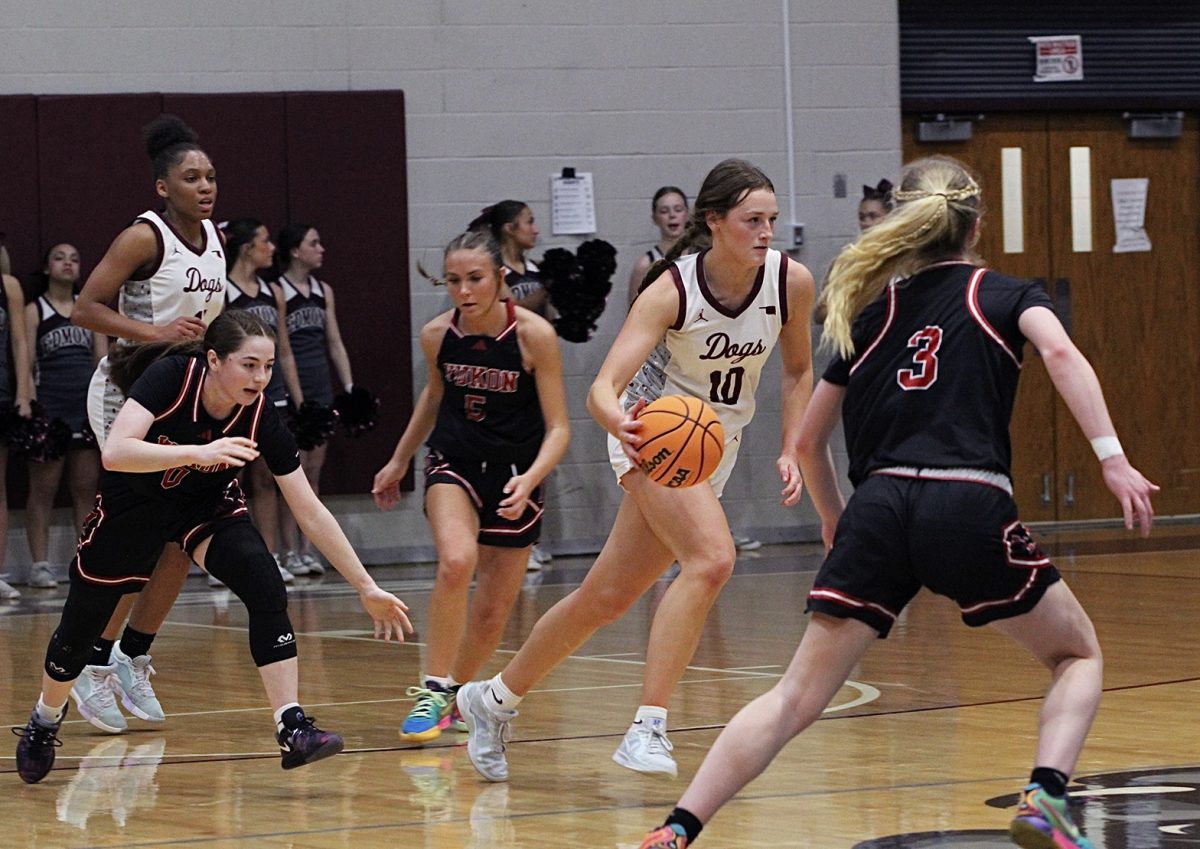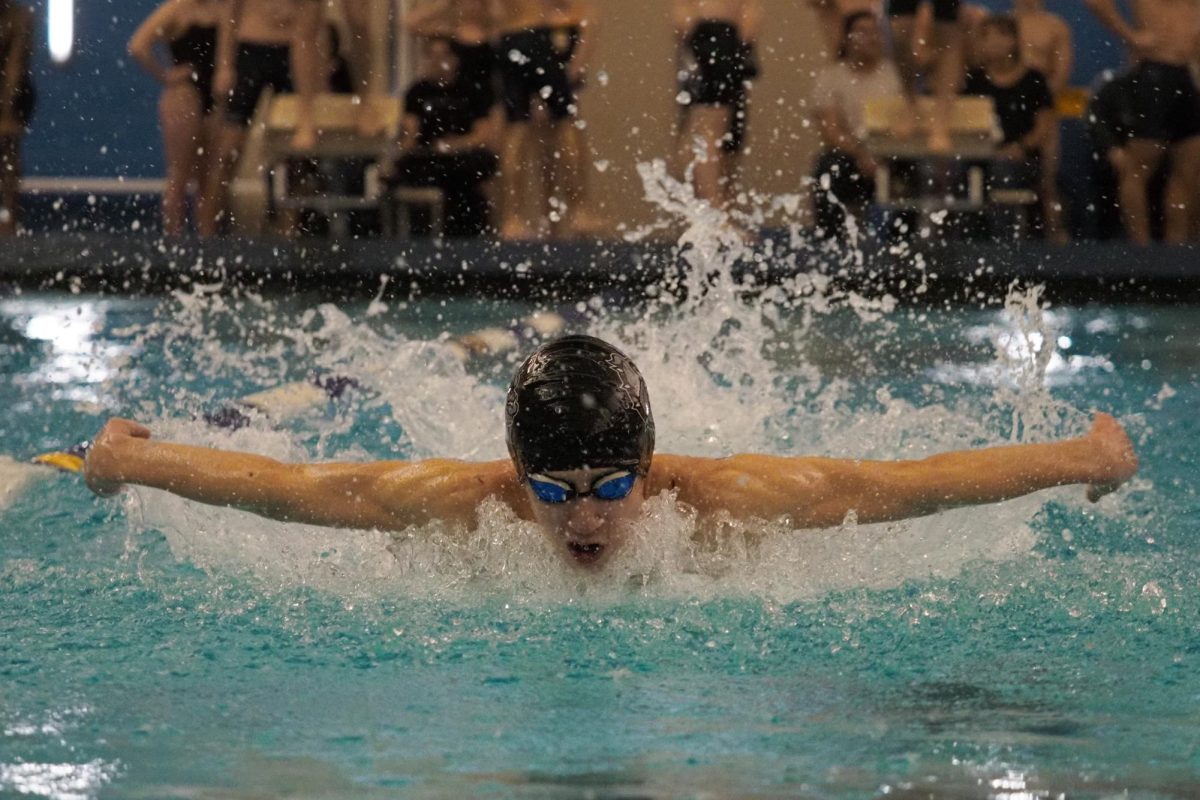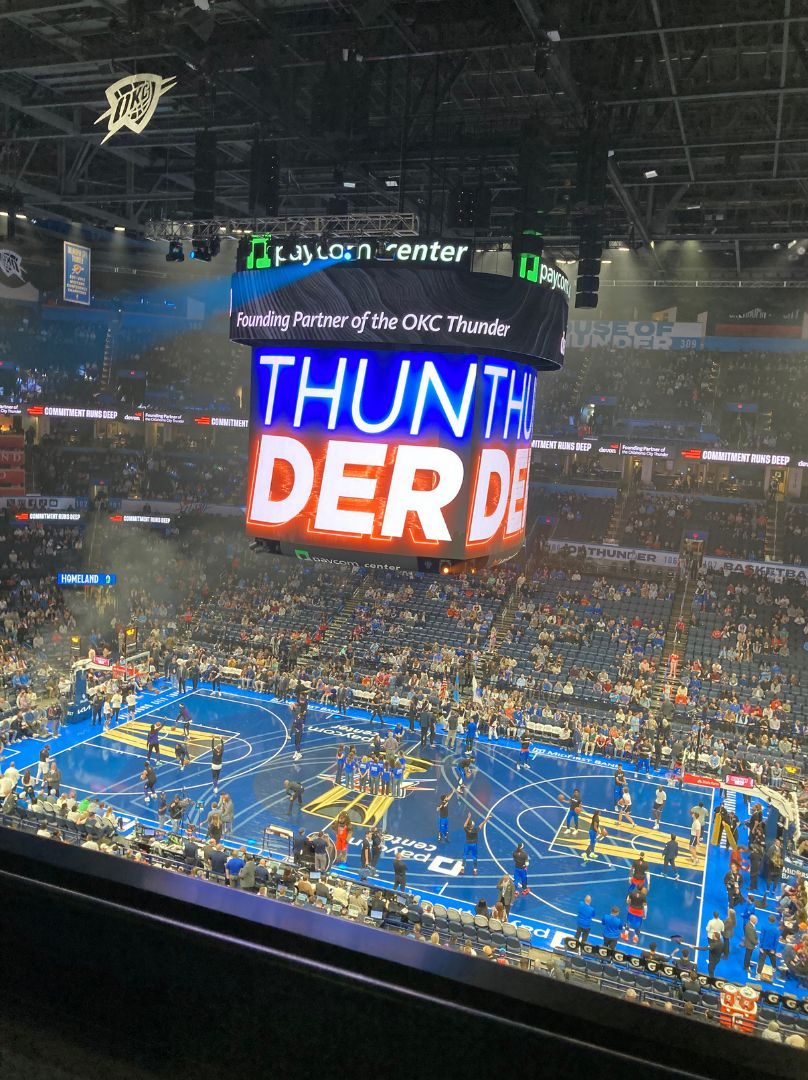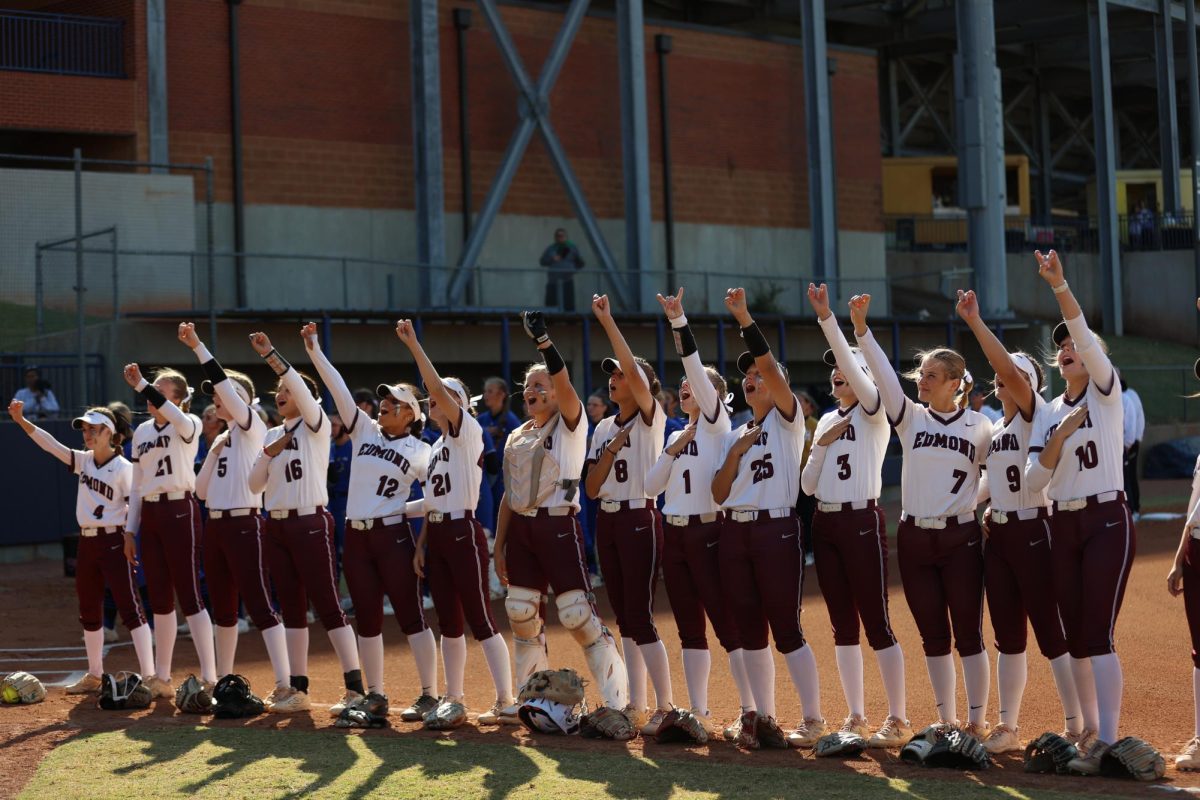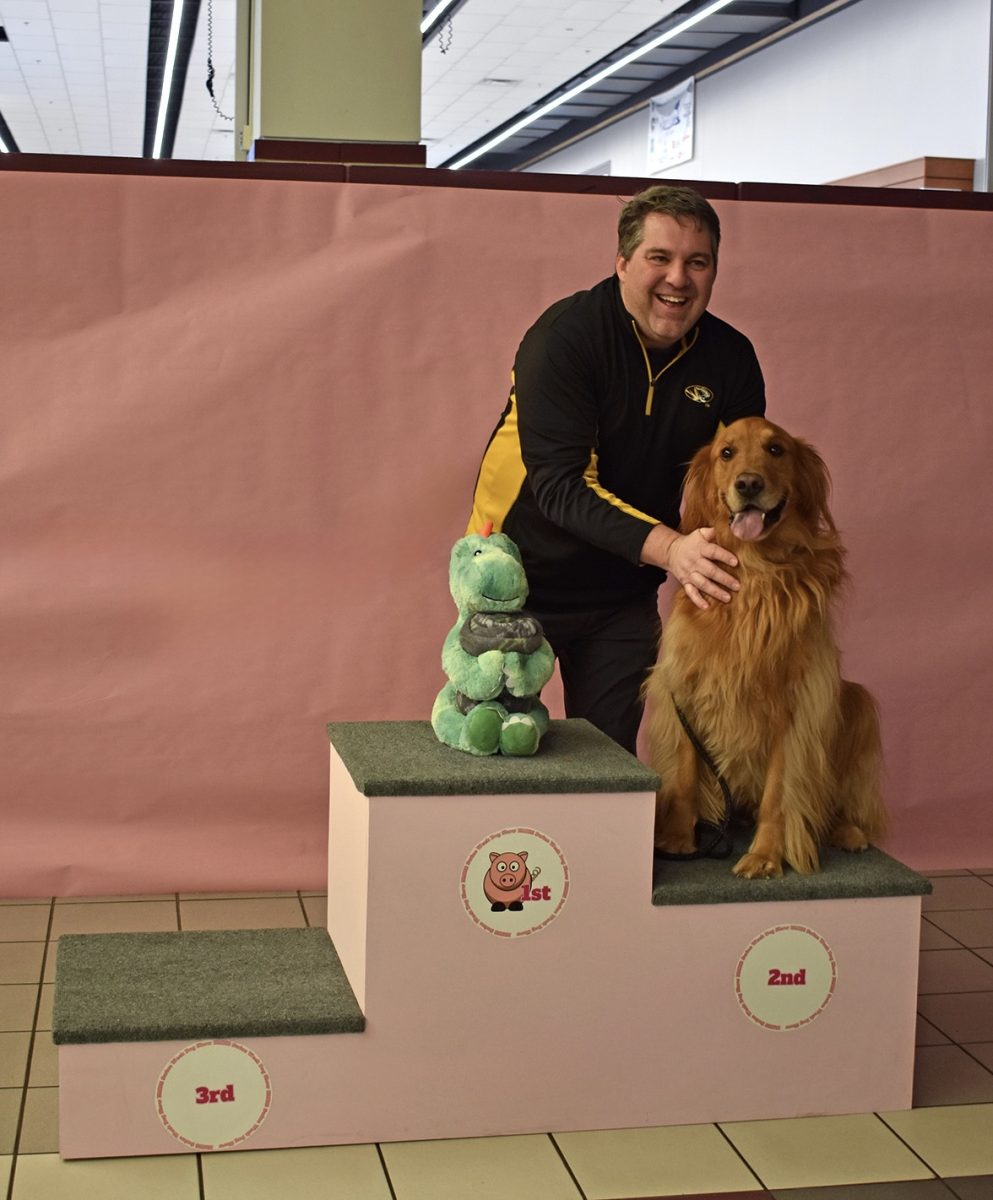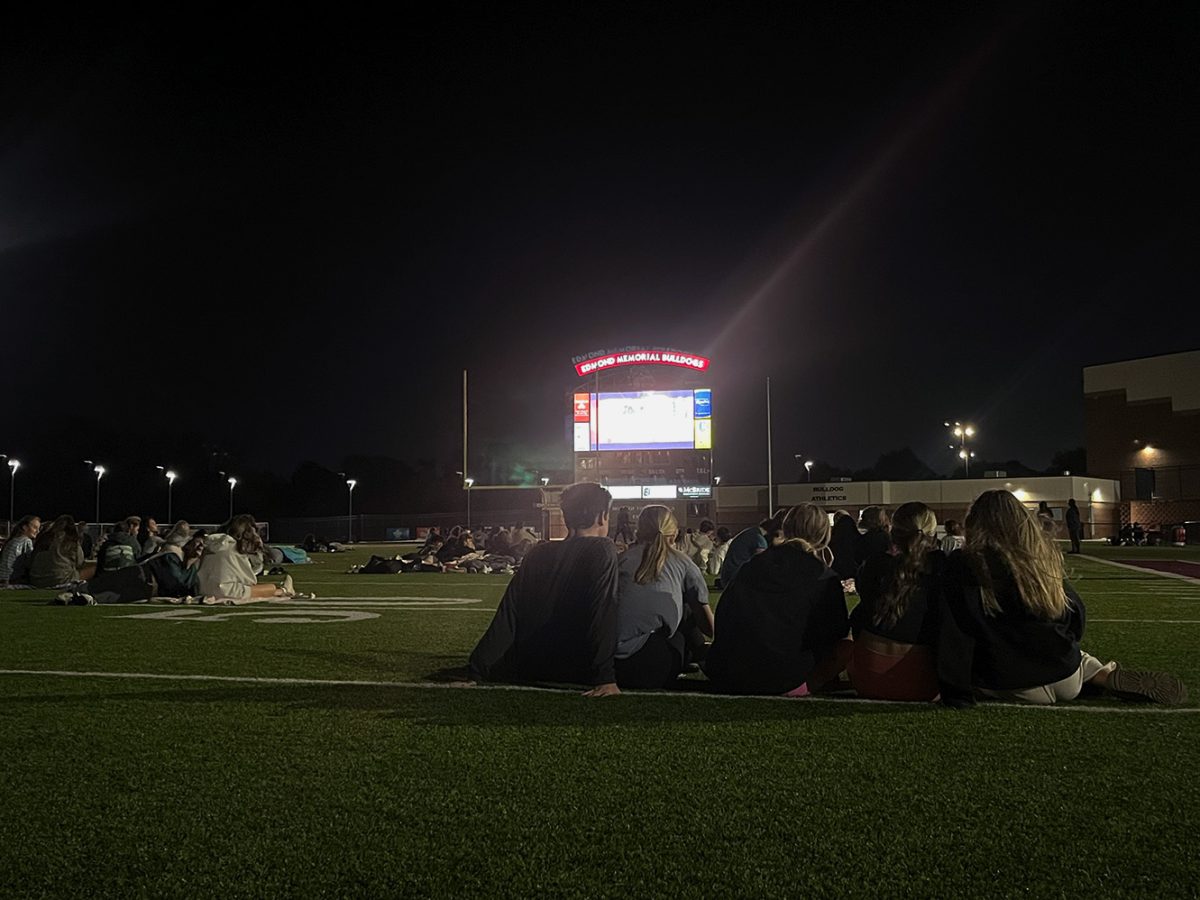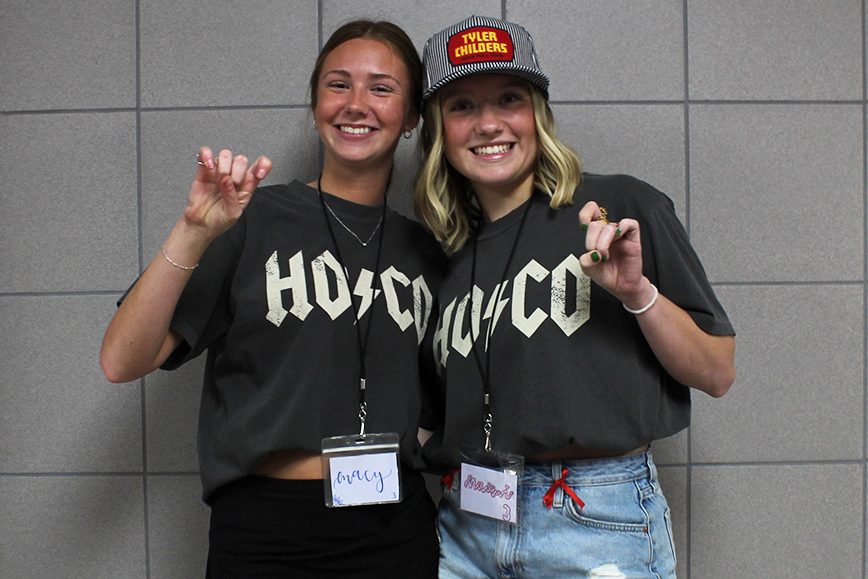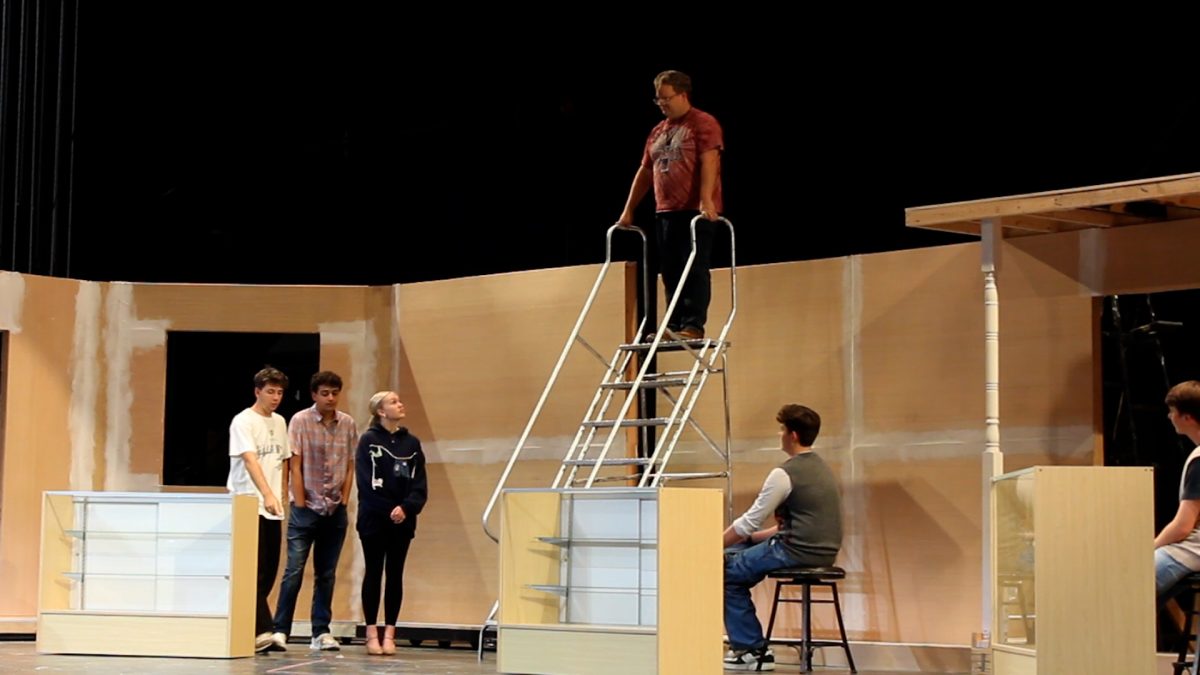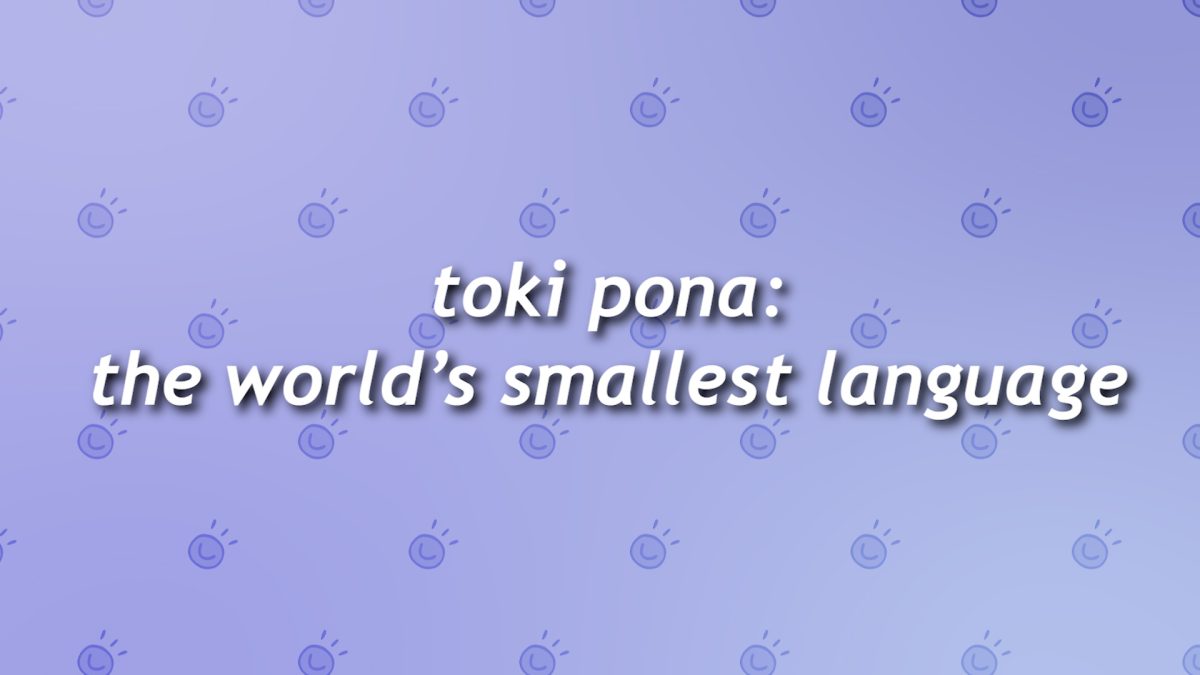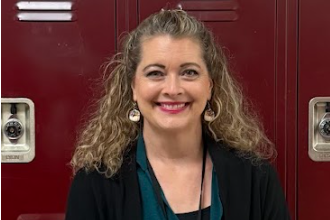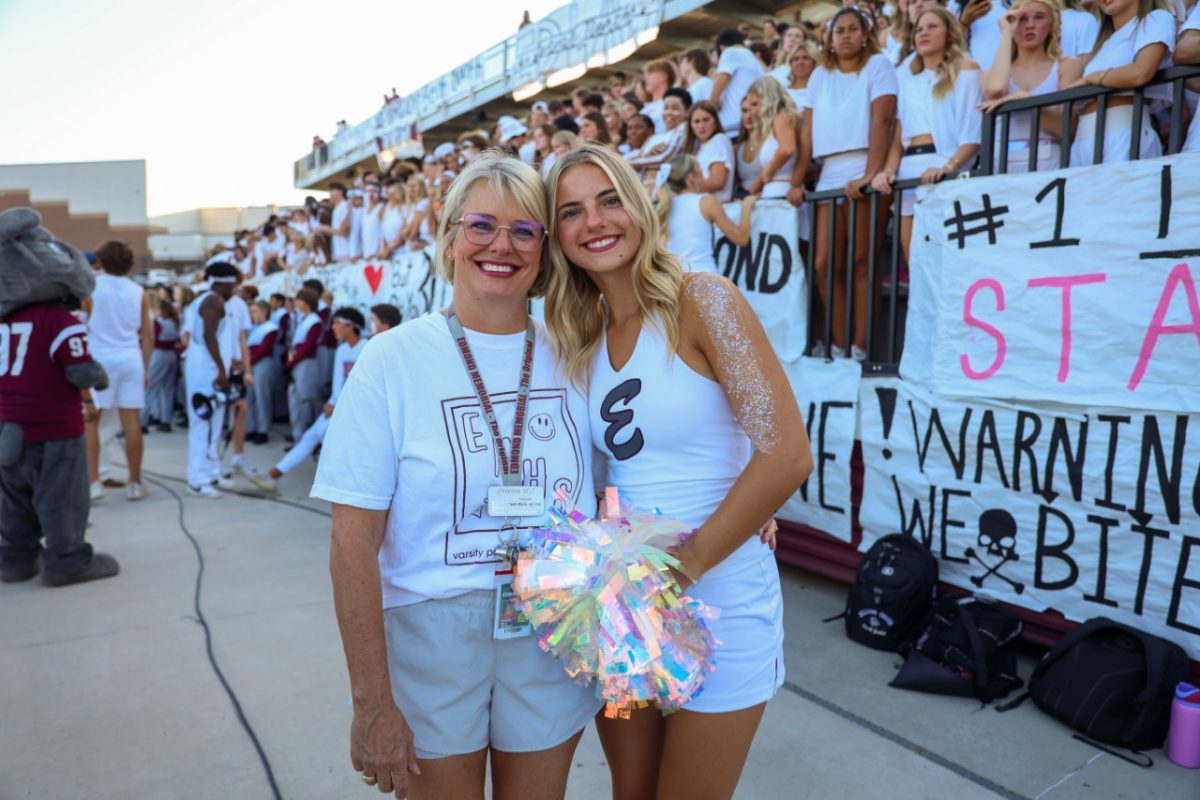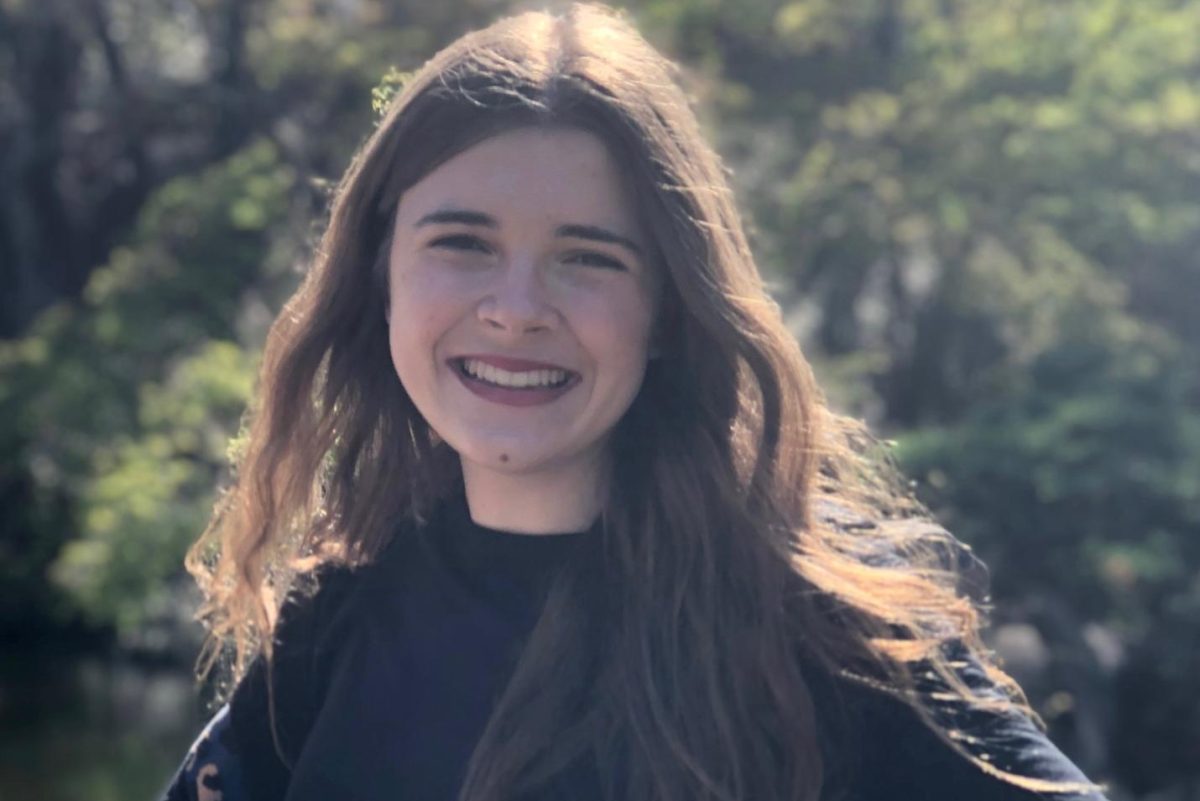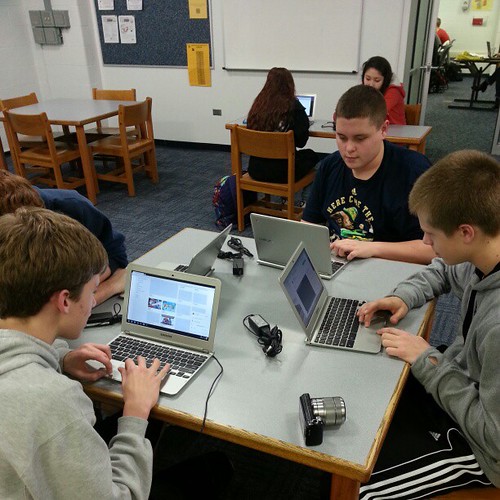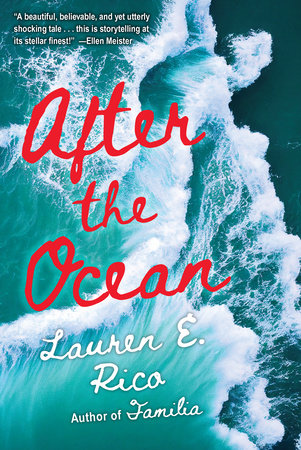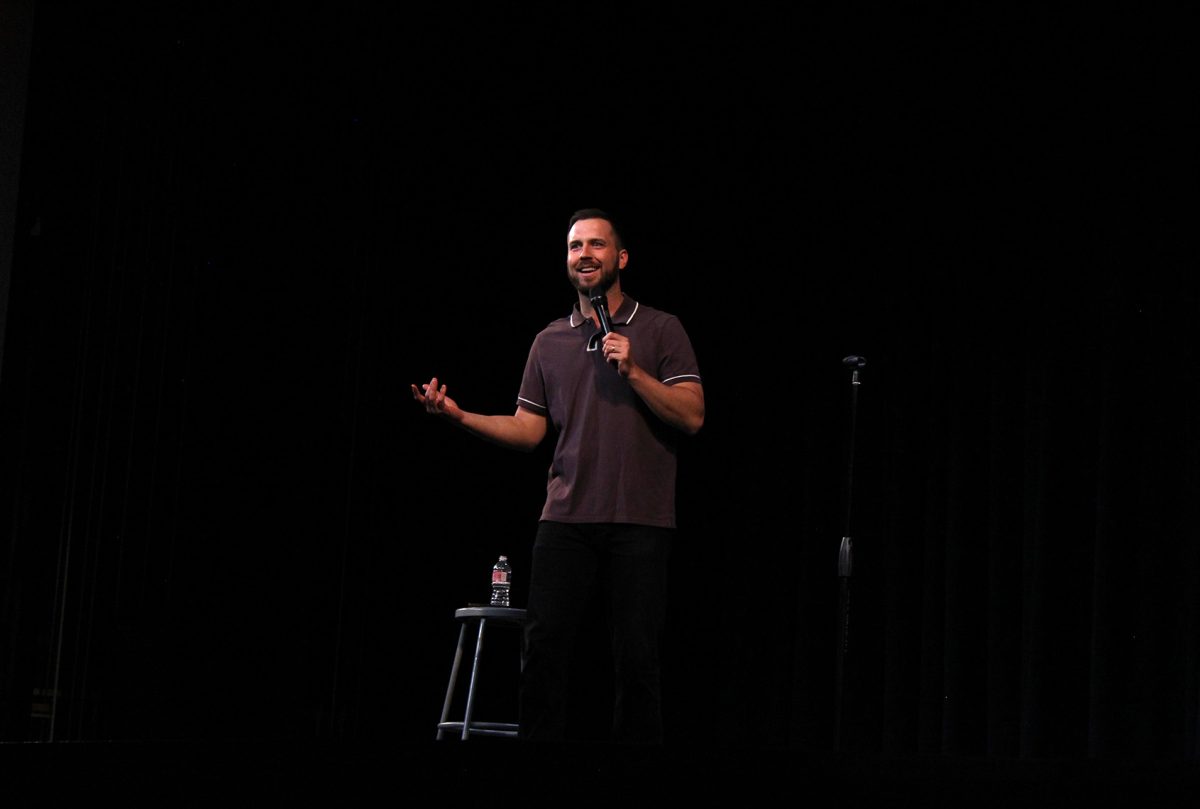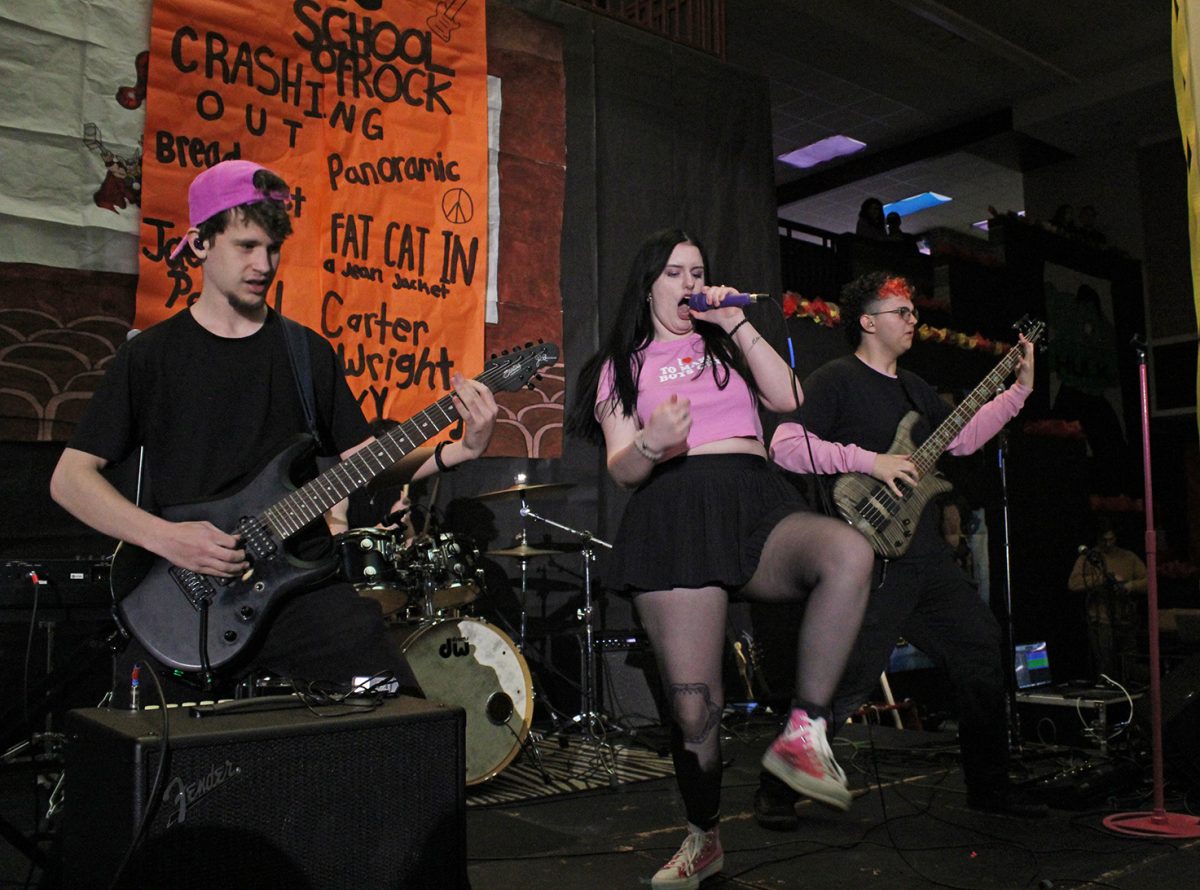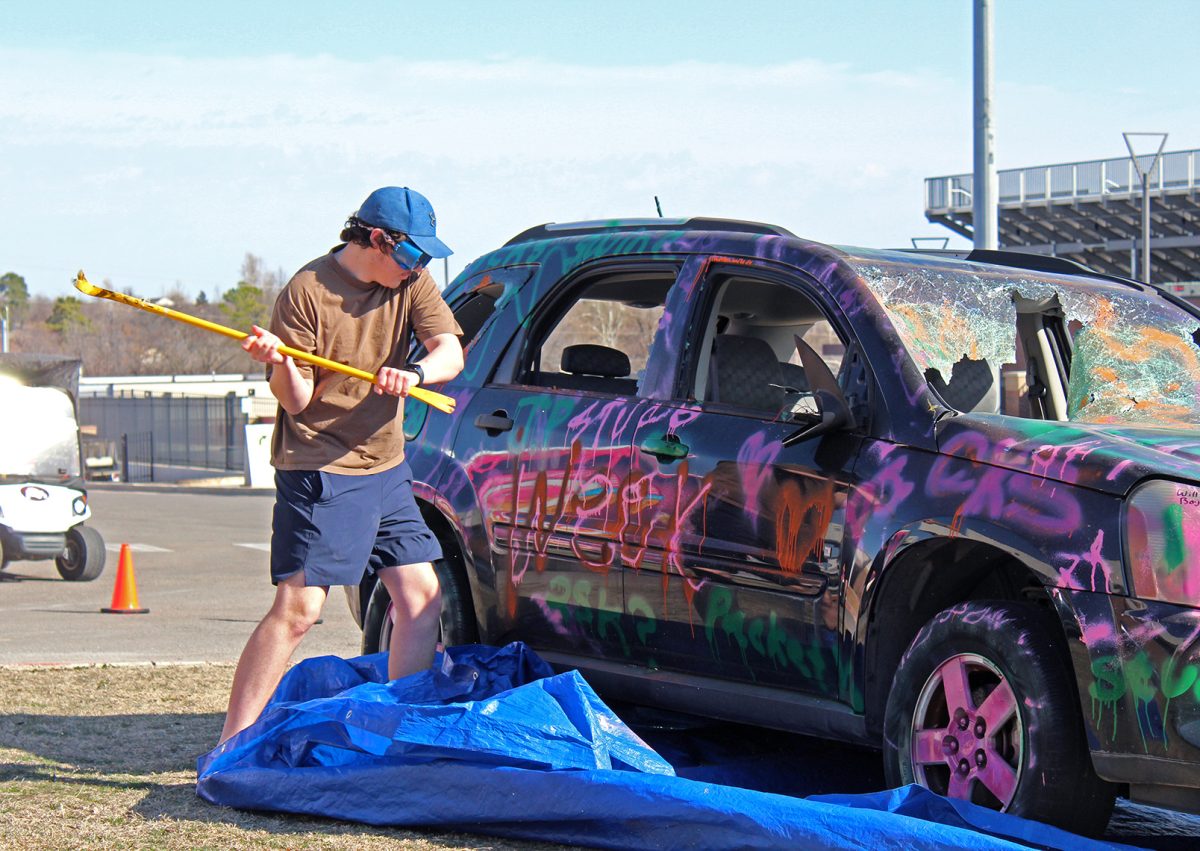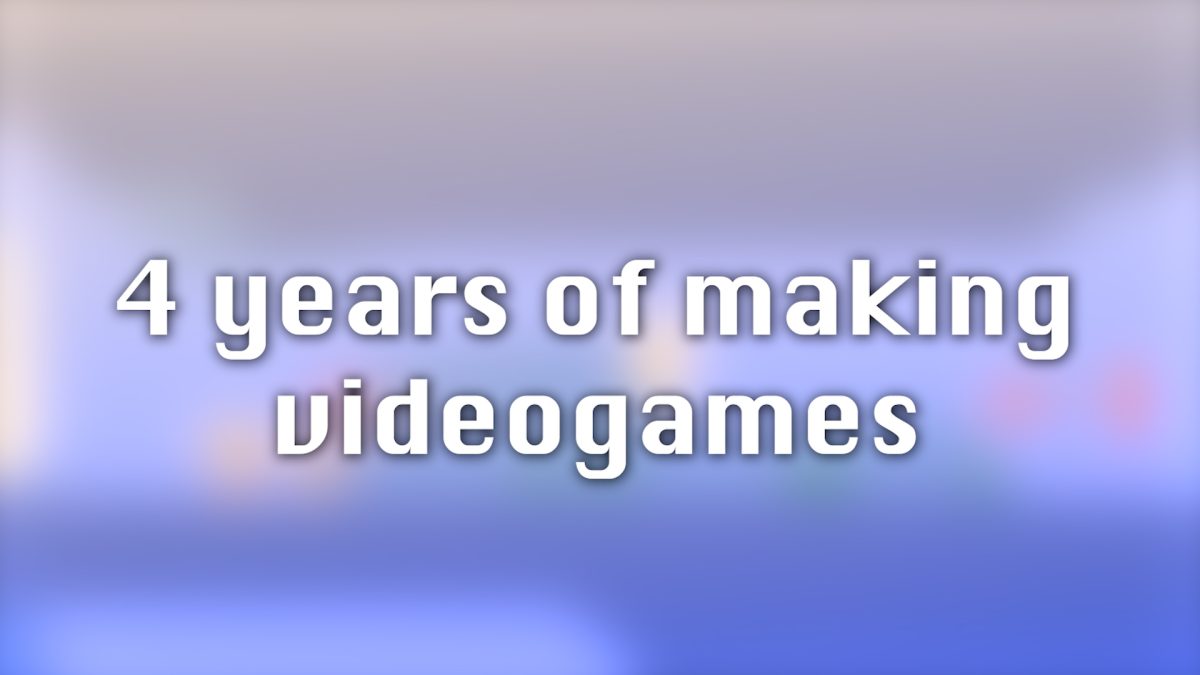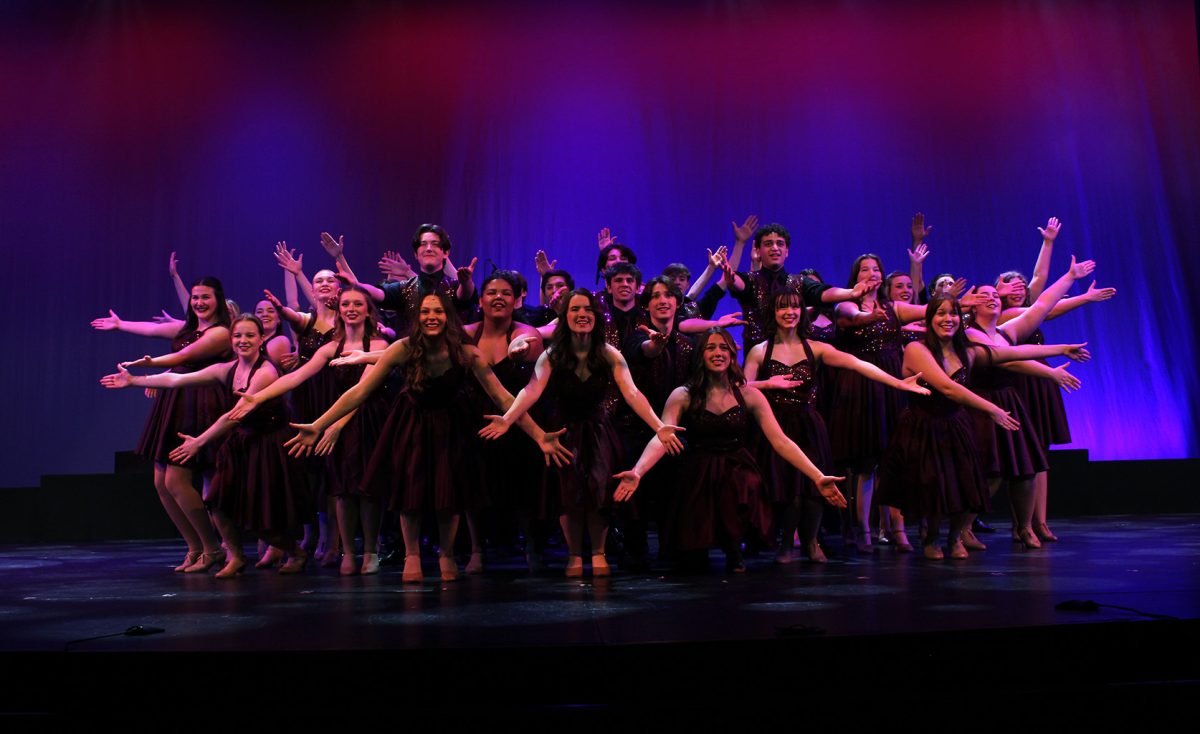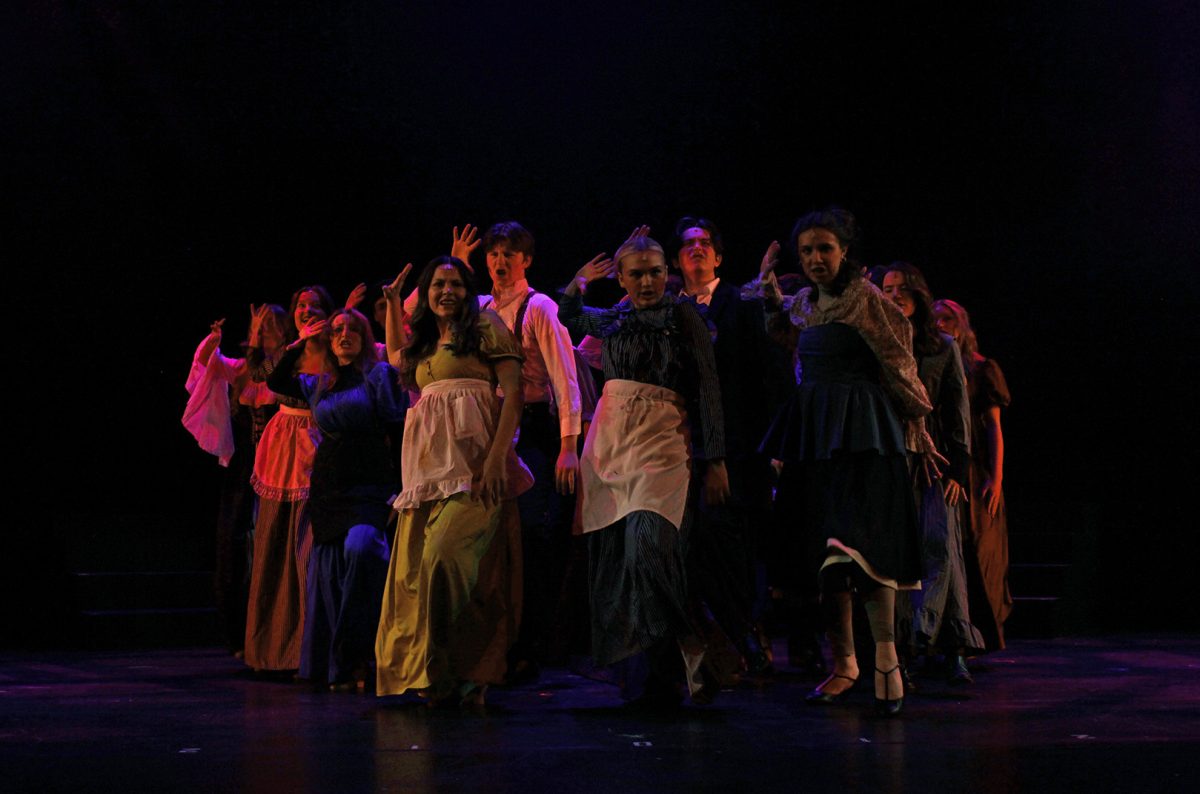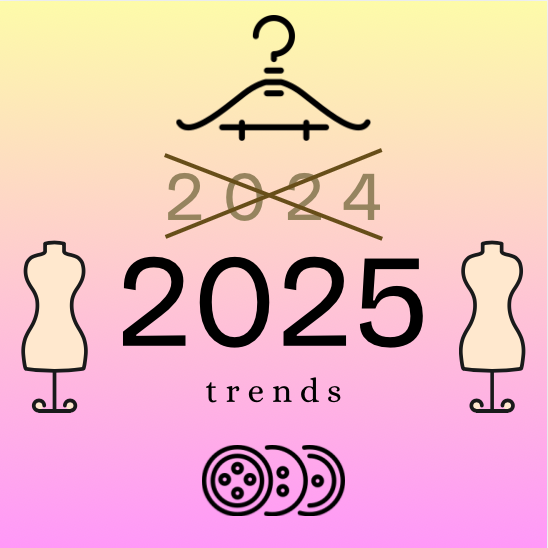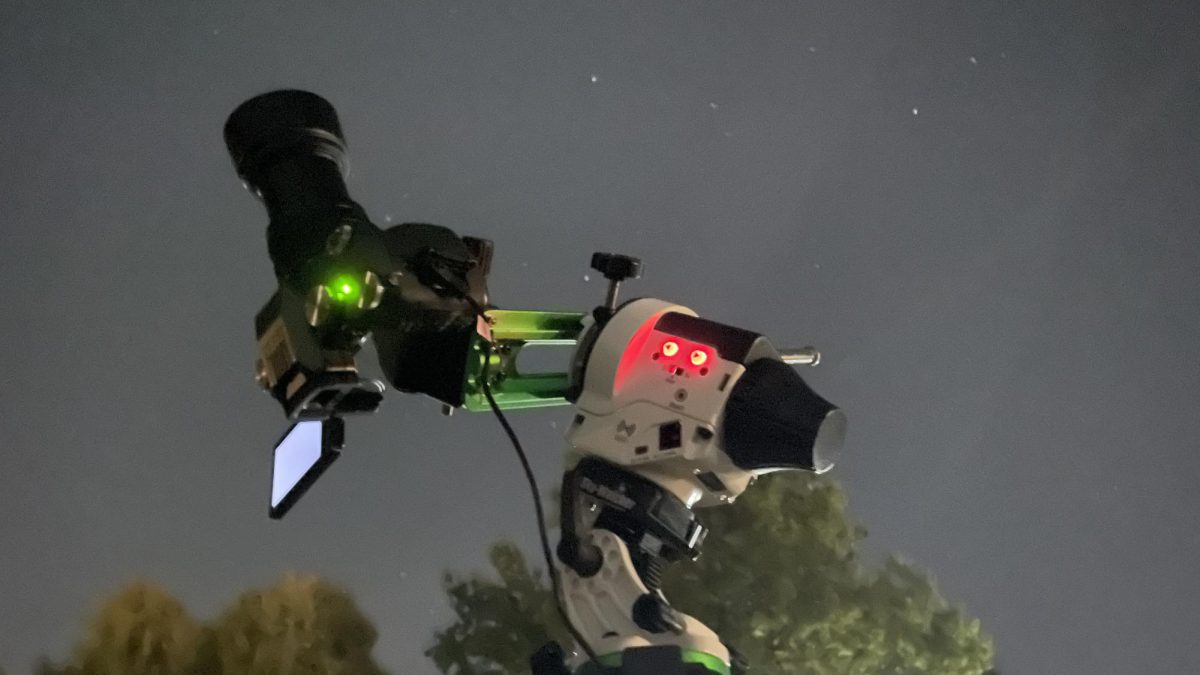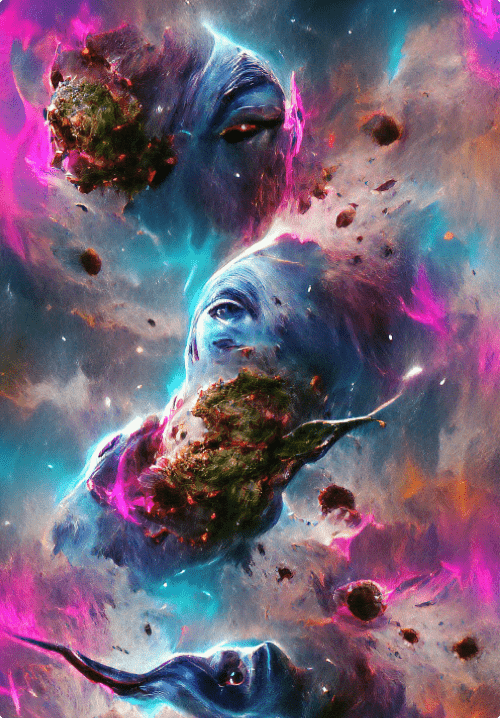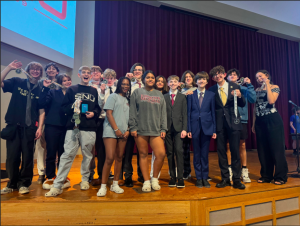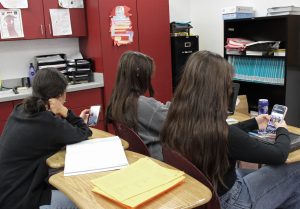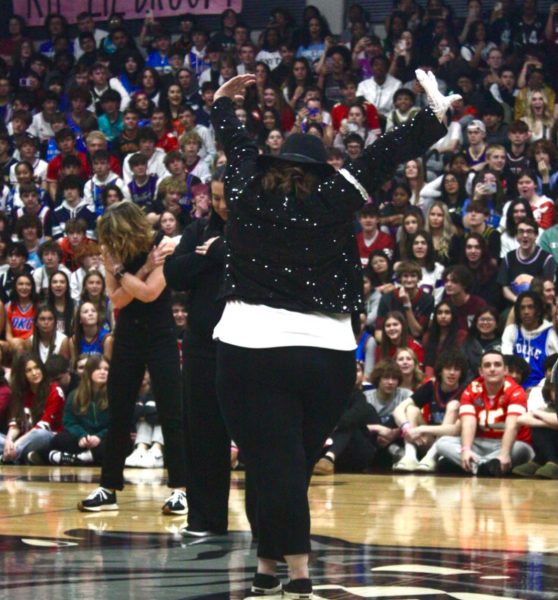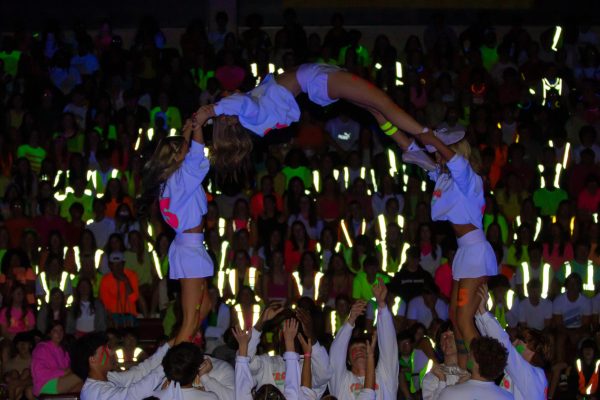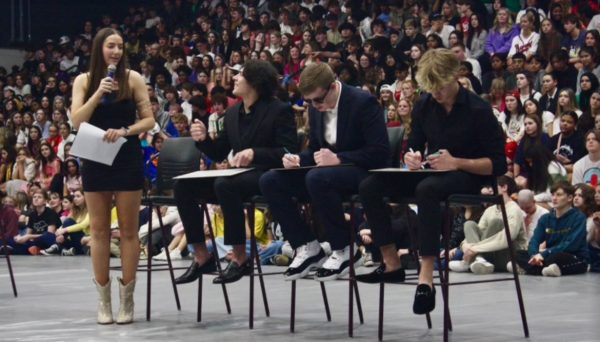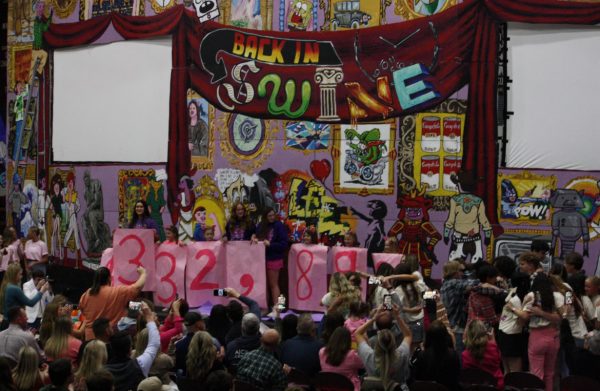AI artists on the rise
Many artists have been using AI art as inspiration for their own work.
February 14, 2023
In recent months, artificial intelligence (AI) generated art has started to gain popularity on the internet. These bots can make incredibly detailed and beautiful artworks within seconds when given a prompt. This technology, while still new, is already being used to improve the art world in various ways.
Toei Animation, the studio behind “Dragon Ball Z” and “One Piece,” has been using AI to do some of their animation, making the process of creating anime considerably faster and cheaper than paying a human to do it. Some artists are even using these generators to help find inspiration for their own work.
“You can enter a prompt into an art generator, look at the piece it makes and internalize it,” Edmond Memorial High School (EMHS) senior Elliot Garvin said. “Then you can figure out what you want to do with that concept.”
Even if someone isn’t an artist, it can still be fun to enter a random prompt and see what comes up. Another feature of art generators is that some can be fed an already existing art piece, which will then allow the AI to learn the art style or allow a person to virtually walk into it. This ability, however, is causing quite the controversy. Cases on the internet have come to light where people commission digital artists and then feed the work into a generator. In this case, the bot will then be able to create new art while still using that artist’s style. This means that artists that make a living off of art commissions online could start taking a major financial hit.
“Graphic design, commission work or commercial work, all of that is going to be hit or affected by the replication of works at such an easily accessible scale,” EMHS art teacher Chalin Edson said.
This new technology will have costly consequences if it becomes widely used. It could eventually start pushing digital artists and animators out of work. This is especially true for high school or college students that are dedicating immense amounts of time towards getting into a field that may eventually cease to exist.
“I think it’s a conversation that we need to talk about with future artists because as we see the rise of AI art and increasing accessibility to it, then it’s going to become a real hot topic,” Edson said.
The bright side is that AIs aren’t able to completely recreate art. Often what makes an art piece special is that it can convey the artist’s feelings and thoughts. This human touch that is present in the piece sets it apart from, not only AI but other artists as well.
“It’s better to get the real thing done by a human who’s lived longer,” said Garvin. “Generators don’t have life experience and can’t live a human life. There are certain things in a creative task that a person can give you that a computer definitely can’t.”
In addition, popular usage of art generators could eventually amount to nothing more than a trend that will fade away over time.
“I don’t think it’ll last very long, but it’s definitely a thing that people are very attracted to because it’s instant. You don’t have to pay an artist to do it, and it’s almost always free,” EMHS senior Wenny Xu said.
AI has been a heavily debated topic for decades, so it isn’t entirely a new issue. Like cases from the past, there are pros and cons to the usage of AI. Regardless of if art generators become vital assets or career ending banes for artists, they’ll likely have a lasting effect on the art industry one way or another.
Contact Adam Mohammed at [email protected]

